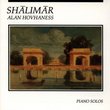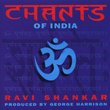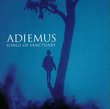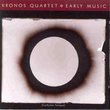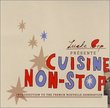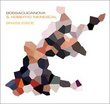| All Artists: Music of Armenia Title: The Music of Armenia, Volume 6: Nagorno Karabakh Members Wishing: 0 Total Copies: 0 Label: Celestial Harmonies Release Date: 4/8/1997 Genres: Folk, International Music, New Age, Classical Styles: Traditional Folk, Contemporary Folk, Europe, Eastern Europe Number of Discs: 1 SwapaCD Credits: 1 UPC: 013711312126 |
Search - Music of Armenia :: The Music of Armenia, Volume 6: Nagorno Karabakh
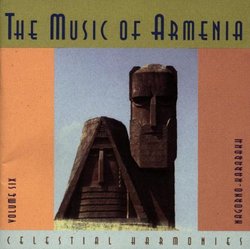 | Music of Armenia The Music of Armenia, Volume 6: Nagorno Karabakh Genres: Folk, International Music, New Age, Classical
Nagorno-Karabakh, the final volume of The Music of Armenia series serves an important extramusical funtion. It is the same function served by Parsons' previous series' The Music of Cambodia and The Music of Vietnam - na... more » |
Larger Image |
CD DetailsSynopsis
Album Description Nagorno-Karabakh, the final volume of The Music of Armenia series serves an important extramusical funtion. It is the same function served by Parsons' previous series' The Music of Cambodia and The Music of Vietnam - namely to bring a largely unsuspecting Western audience a document of the cultural richness of a region usually thought of as a bombed-out war zone. "My own preconceptions were wildly inaccurate," Parsons says; "Images of gun-toting fierce mountain fighters largely uneducated and living by the rule of the gun. How utterly wrong I was, and I feel great sadness that the rest of the world probably thinks along similar lines."The population of the entire Karabakh republic is less than that of Des Moines, Iowa - slightly under 190,000 people. That so much music still exists there is a tribute to the importance of the arts in the lives of these people. "It was impressive to see that, despite the current problems, the arts continue to be lovingly fostered," Parsons says, "particularly as far as children are concerned." One of the highlights of the journey was the Karabakh Childrens' Choir, who performed with great energy and enthusiasm on tracks 4, 11 and 18. A visit to the Music College in Stepanakert also revealed a hive of musical activity. "I was shown a wooden music stand from a grand piano with a very neat hole about six inches in diameter punched precisely through the center. This was the result of a shell coming through the window."Fortunately, this unique recording is a vivid reminder of the vitality of Karabakhi culture - a culture that encompasses a strong folk tradition (many of the songs are recent and, naturally, deal with the war and its consequences), that looks back to its Armenian roots (there is even a contemporary song based on the medieval Armenian form called sharakan), and, most important, a culture that thrives in the face of isolation and tragedy. Similar CDs
Similarly Requested CDs
|
CD ReviewsDiamond in the Rough 02/06/2002 (4 out of 5 stars) "The music here is performed by primarily non-professional and semi-professionals. Actually, in terms of folk music, it makes the result more authentic than the polish of a professional folk recording. I'd recommend it. (I'd actually recommend the entire box set that this recording comes from.)"
|

 Track Listings (20) - Disc #1
Track Listings (20) - Disc #1

